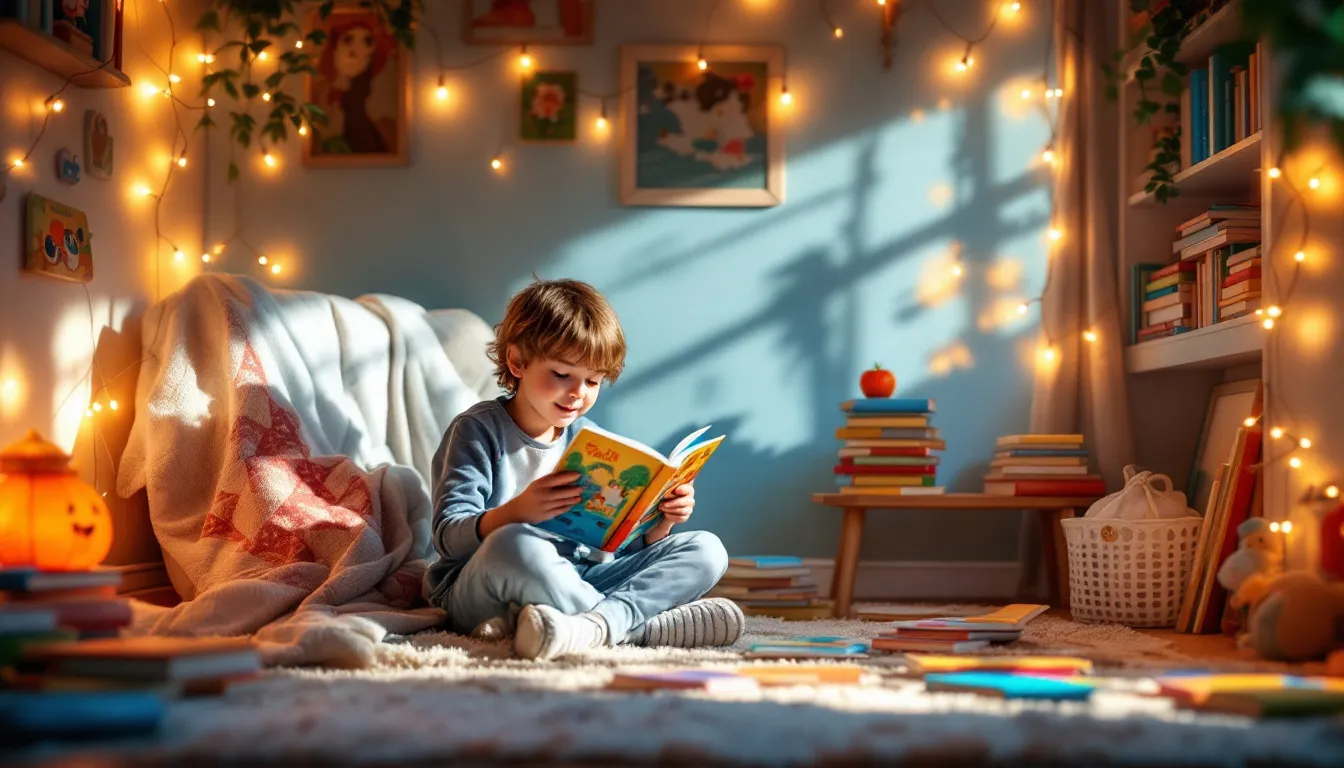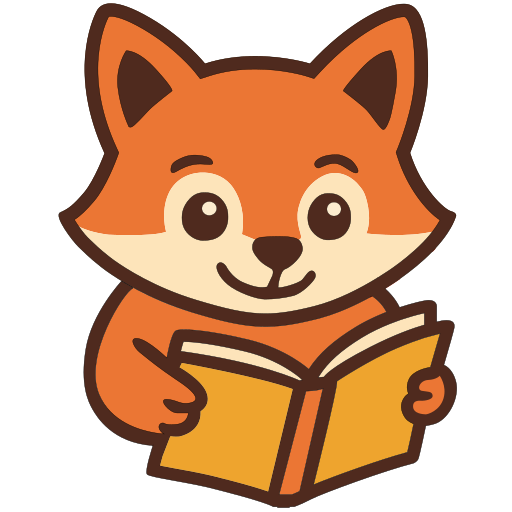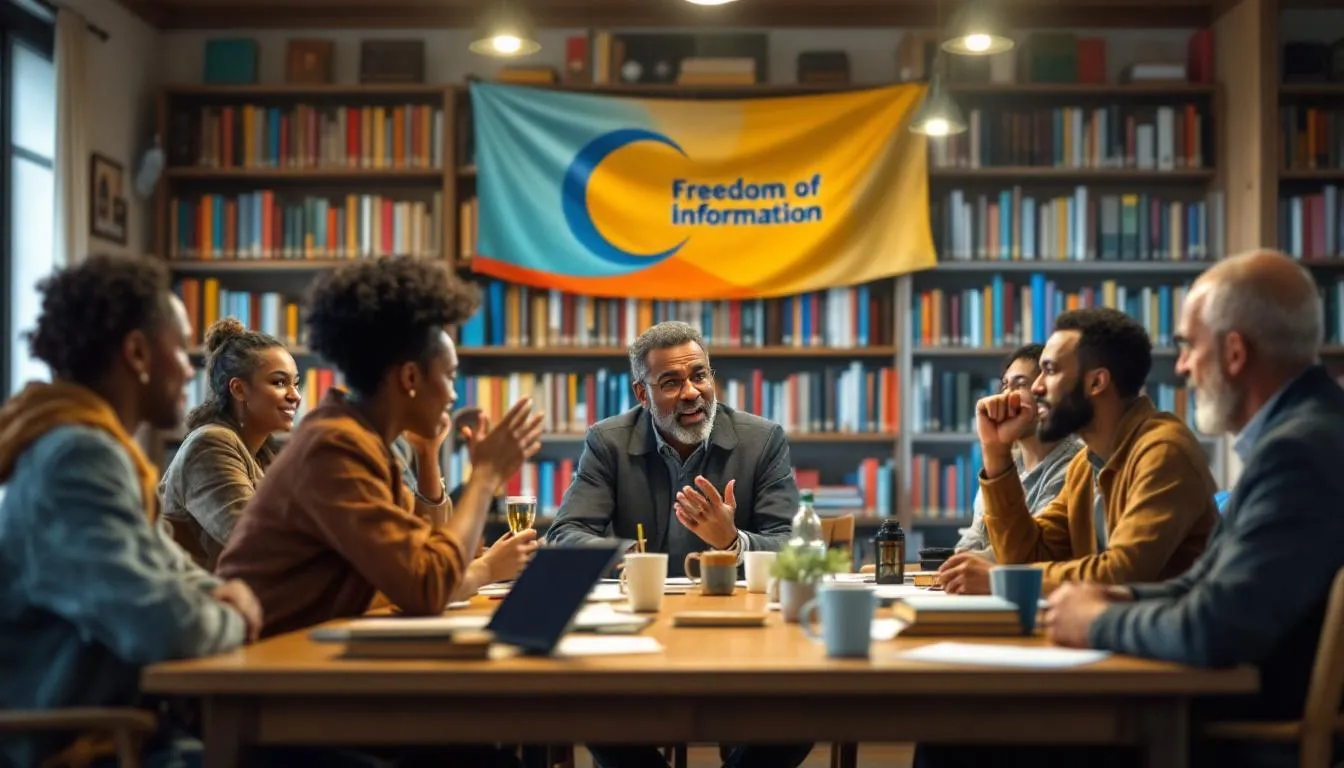Table of Contents
Understanding Early Literacy in Children
Early literacy transcends mere reading; it’s a magical journey where children delve into a world of words and stories. Picture a toddler holding a book upside down, babbling with enthusiasm—this marks the beginning of something extraordinary. As they grow, their minds absorb words and language patterns like sponges. Parents and educators are pivotal, acting as literary guides, shepherding children through this enchanting process. In my home, bedtime stories became a cherished ritual, laying the groundwork for language acquisition and sparking curiosity.
The Science of Memorization in Kids
Memory in young minds functions like a bustling workshop, where brain cells diligently craft paths for storing and retrieving information. Children’s brains excel at forming connections, making their early years crucial for cognitive development. They often amaze us with their ability to memorize entire books, songs, or even obscure dinosaur names. I recall when my daughter, at just three, could recite “Goodnight Moon” cover to cover, as if the words were woven into the fabric of her growing mind.
Memorization is influenced by factors such as repetition, emotional connection, and natural curiosity. Repetition acts as a reliable partner, reinforcing neural pathways each time a child hears or sees something familiar. Emotional connection adds a touch of magic; when a story resonates or brings joy, it sticks like glue. I’ve observed this with my son, who latched onto a story about a brave little engine simply because he loved trains.
While memorization is an impressive skill, it’s important to distinguish it from understanding. Memorization captures a snapshot, while understanding develops the full picture. Children might recite a story word for word without grasping its meaning, but that’s normal. The journey from memorization to comprehension is a developmental process that evolves as they grow and explore.
As we explore repetitive reading, we’ll uncover how this simple activity is a powerful tool for nurturing both memorization and understanding.
Repetitive Reading: A Tool for Memorization
Repetitive reading is like a comforting ritual, creating a special bond between a child and their favorite book. In my house, we cherished reading “The Gruffalo” every night. I still hear my kids joyfully finishing each line, their voices echoing the story’s familiar cadence. This repetition isn’t just about memorizing; it’s about building a foundation for literacy.
The power of repetition lies in reinforcing language patterns and vocabulary. It’s like a catchy song you can’t get out of your head; only this time, it’s words and stories creating pathways in the brain. Kids thrive on predictability, and hearing the same story repeatedly allows them to anticipate words and phrases, enhancing memory and confidence. The rhythm and rhyme of a book can act as mnemonic devices, aiding in remembering the story’s structure and content.
Choosing books for repetitive reading involves selecting stories with engaging rhythms and relatable themes. Books with rhyming verses or repetitive phrases, like “Brown Bear, Brown Bear, What Do You See?” are perfect for young children. Familiar patterns and rhythms make it easy for kids to participate, turning reading into an interactive experience. Selecting stories that resonate with your child’s interests, whether about animals, adventures, or magical lands, makes the experience even more enchanting.
Next, let’s explore another fascinating aspect of early literacy that might make you think your child is a reading prodigy.
The Phenomenon of Hyperlexia
Imagine a child who reads at an astonishing speed, absorbing every word like a little reading machine. This scenario might seem like a superhero comic plot, but it’s a real phenomenon known as hyperlexia. Hyperlexia is characterized by the ability to read at a remarkably young age, often before five, with extraordinary accuracy. While it might seem the child is a natural genius, hyperlexia is often accompanied by other developmental traits, such as challenges in verbal communication or social interaction.
In literacy, hyperlexia can be both a gift and a challenge. These children read fluently, with impressive comprehension of the text itself. I once knew a little boy who could read complicated picture books long before most peers, leaving his parents both amazed and bewildered. However, hyperlexic children might struggle with language nuances, such as idioms, jokes, or emotions behind words. It’s as if they see the trees in a forest but not the entire landscape.
Supporting a hyperlexic child involves nurturing their reading abilities while helping them build social and communication skills. Encouraging interactive reading sessions, where the child expresses their thoughts about the story, can help bridge this gap. Visual aids and social stories provide context, helping them connect words to real-life experiences. Parents and educators can create an environment celebrating the child’s unique abilities while addressing individual needs gently and thoughtfully.
As we delve deeper into early literacy, consider how we can nurture and encourage memorization and literacy at home, helping young readers thrive in their journey of words.
Encouraging Memorization and Literacy at Home
In our home, creating a literate environment is akin to establishing a magical kingdom where stories come to life. Transform your living room or child’s bedroom into a literary wonderland. Surround your child with books of all shapes, sizes, and subjects. From board books to picture books, a diverse library encourages exploration and curiosity. I set up a cozy reading nook for my kids, filled with their favorite stories and a plush reading chair, becoming a go-to spot for word adventures.
Reading strategies often hinge on involvement. Get animated with your voice, use expressive faces, and embrace silly voices. This not only makes reading fun but also captures your child’s attention. Interactive reading, where you ask questions, encourage predictions, or discuss characters’ feelings, transforms a passive reading session into an engaging dialogue—like hosting a mini book club with your little one!
While memorization is a phenomenal tool, balancing it with comprehension is crucial for deep literacy. When my son started reciting his favorite story, I nudged him toward understanding by asking, “Why do you think the character did that?” or “How would you feel in that situation?” This encouraged him to think beyond the words, delving into their meaning. It’s about helping them see the forest, not just the trees.
As you nurture these skills at home, you’ll find that early memorization can be a stepping stone to a broader literacy experience, setting a strong foundation for future learning and growth.
The Benefits of Early Memorization
When children memorize books, they’re not just absorbing words; they’re building confidence and communication skills. Imagine the pride on a child’s face when they flawlessly recite a beloved story. This accomplishment boosts their self-esteem and encourages active engagement in conversations. My youngest, for instance, would light up when sharing her favorite parts of “Where the Wild Things Are” with friends, transforming from a shy toddler to a budding storyteller.
Moreover, memorization lays the groundwork for a lifelong love of reading. When children repeatedly encounter books they adore, they start associating reading with comfort and joy. This positive reinforcement fosters natural curiosity about the world of stories and knowledge. In my home, frequent reading sessions often led to spontaneous library adventures, with my kids eagerly picking out new books to devour and memorize.
Beyond immediate joys, early memorization prepares children for future academic success. It enhances their ability to retain and recall information, a skill invaluable as they progress through school. Memorization helps them develop a robust vocabulary and a deeper understanding of language structures, equipping them to tackle more complex texts with confidence. As my son transitioned from picture books to chapter books, his early memorization experiences gave him a head start, making the journey smoother and more enjoyable.
These benefits of early memorization create a foundation for an enriching literacy journey, transforming how children perceive and interact with the world.
Conclusion: The Magic of Early Literacy and Memorization
The journey of early literacy and memorization is truly magical, isn’t it? Watching our children develop this skill is like witnessing a miracle unfold. Memorization is not merely about repeating words; it’s a gateway to confidence, curiosity, and communication. Whether through repetitive reading or phenomena like hyperlexia, early engagement with words lays a foundation supporting academic and personal growth.
For parents and educators, our role is monumental. We’re not just introducing children to books; we’re opening doors to endless possibilities. It’s about creating an environment rich with words and stories, where children can explore at their own pace and in their unique way. I often remind myself that each child’s literacy journey is as distinct as their fingerprint. What works for one may not work for another, and that’s perfectly fine. The key is to provide support, patience, and enthusiasm along the way.
Looking ahead, it’s exciting to consider the future of literacy research and how it can further aid us in nurturing these young minds. Continued exploration into the nuances of early literacy can offer insights and tools to enhance the learning experience for every child. With ongoing advancements, there’s always more to learn and share, ensuring we can better support our children in their literacy adventures.
As we wrap up this chapter on early literacy, I’m thrilled to think about the resources and support systems available to guide us. Whether you’re just starting or have been at it for years, there’s always something new to discover…
Additional Resources
For parents eager to dive deeper into early literacy, some fantastic books offer guidance and inspiration. “The Read-Aloud Handbook” by Jim Trelease is a personal favorite, packed with practical advice and book recommendations to nurture a love of reading. For tech-savvy families, apps like “Endless Alphabet” and “Homer” turn learning into a playful adventure, making literacy fun and interactive. Also, consider how KidTeller creates a personalized storybook where your child is the hero. Just upload a photo, and we’ll generate a custom book filled with adventures made especially for your toddler or young child – magical, memorable, and uniquely theirs.
Don’t overlook the power of community! Joining local parent groups or online forums provides a wealth of shared knowledge and support. It’s a wonderful way to exchange ideas and find encouragement on this remarkable journey.







